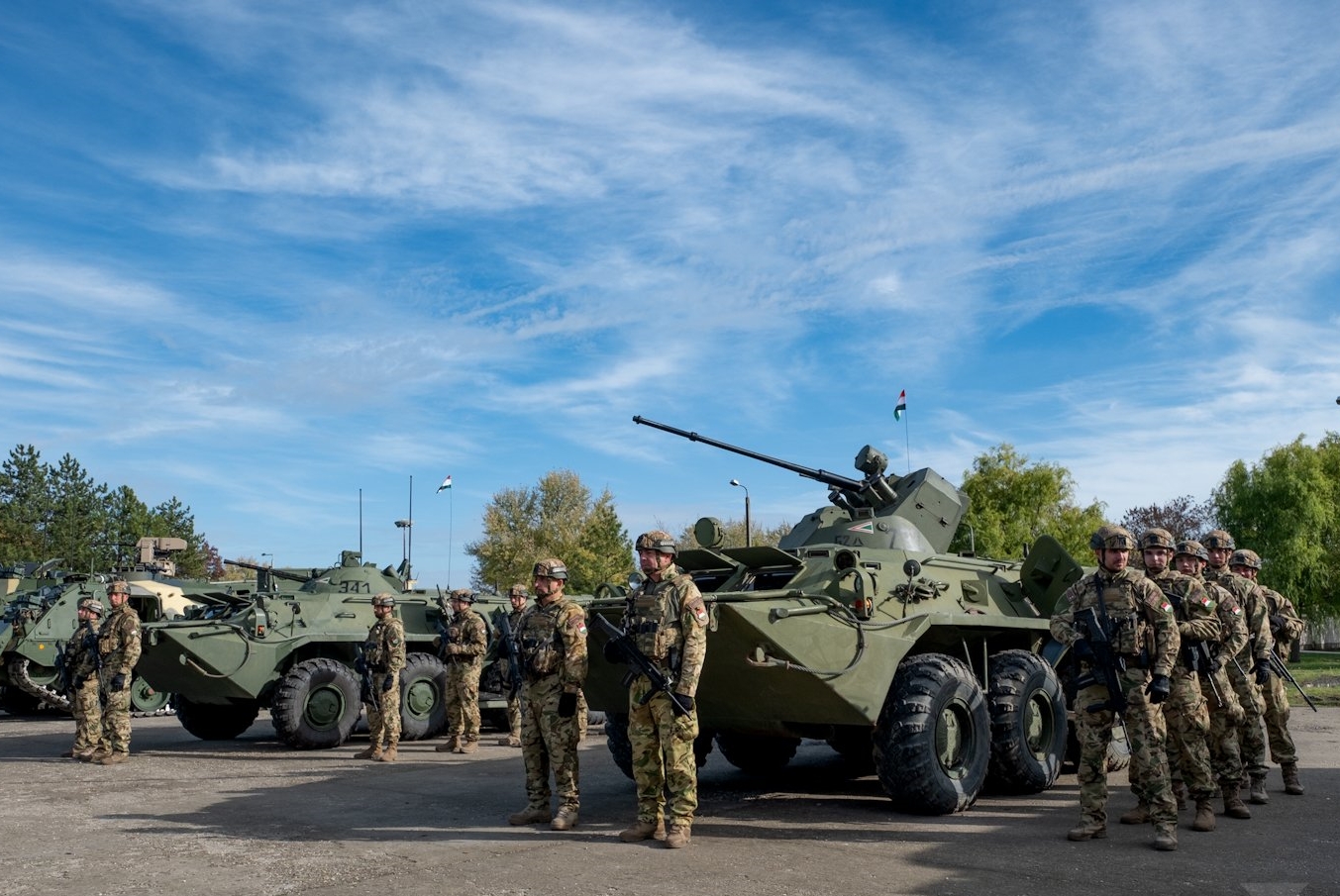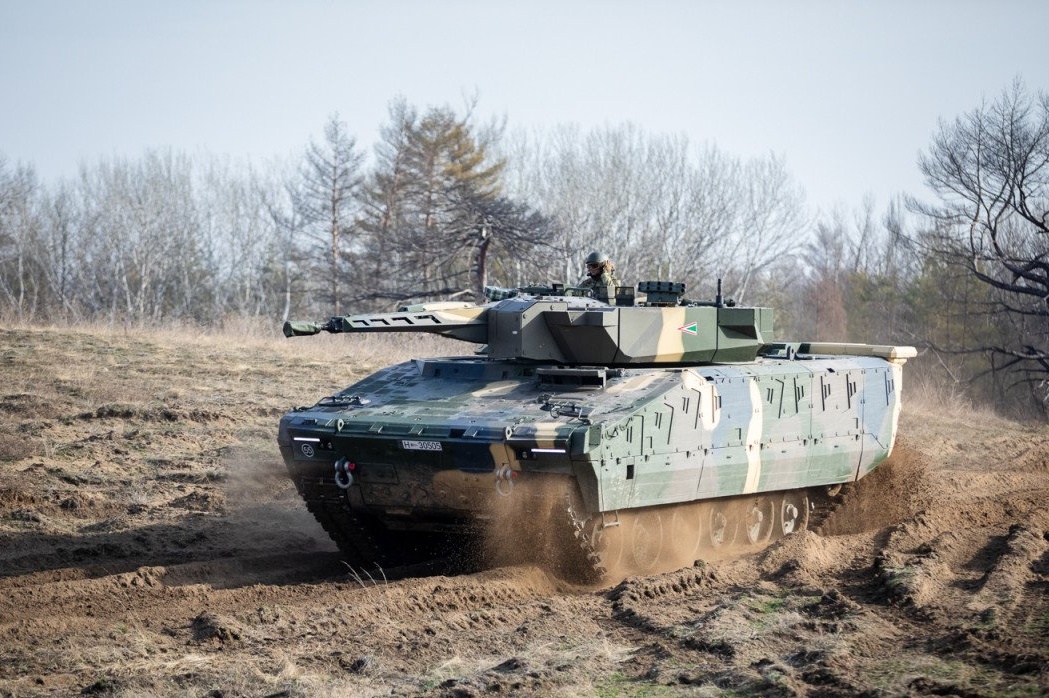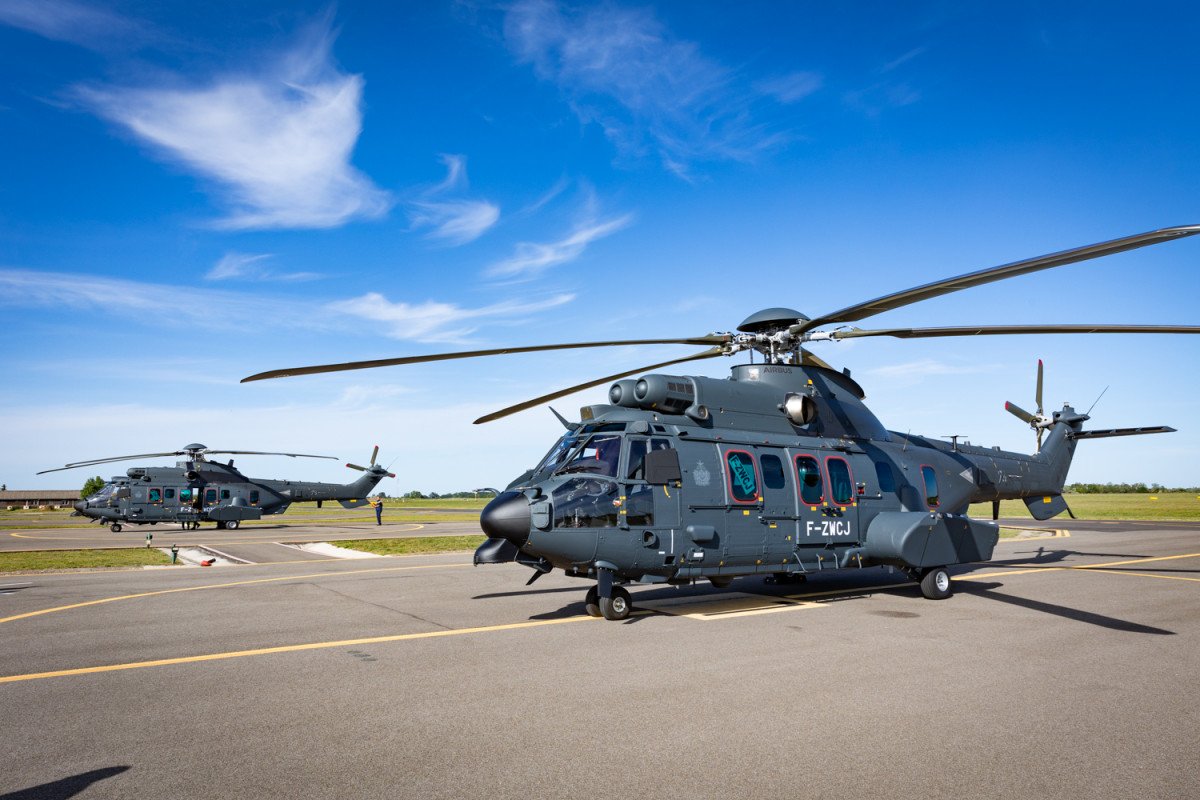
Young Hungarians imbued with patriotism and determination are replacing the uniformed workers of the peace force.Continue reading

“The Hungarian government recognized a long time ago that our defense capabilities needed to be improved, thus in 2016, it launched a continuous force development program. We are now at the point where the Hungarian army has the most modern equipment in the world,” László Palkovics, CEO of N7 National Defense Industrial Innovation Holding, told Hirado.hu.
The decision to develop the country’s defense forces concerns not only the procurement of new tanks and weapons, but also the rebuilding of the Hungarian defense industry, Mr. Palkovics emphasized. “The quickest way to rebuild is to convince the companies involved in the defense industry not only to supply equipment, but also to set up a production or research and development center in cooperation with the Hungarian state and Hungarian companies.” He cited Airbus and Rheinmetall as examples.

Rheinmetall plant in Zalaegerszeg. Photo: X/SPARTANAT
Asked how the competitiveness of large Hungarian companies could be affected by developments in the defense and defense-related industries, the former Minister of Innovation and Technology said: “In the defense industry there are mixed companies, meaning that the Hungarian state has a stake. In a significant part of it, as in the case of Rheinmetall, they are the majority owner, and we [the state] are the minority owner and the owner of the infrastructure.
The competitiveness of Hungarian companies is absolutely guaranteed,”
he highlighted, adding that in terms of competitiveness, the situation of domestic suppliers is extremely important.

Young Hungarians imbued with patriotism and determination are replacing the uniformed workers of the peace force.Continue reading
Most countries have suddenly started to arm themselves after the conflicts of the past period. However, in Hungary, the government decided to modernize the Hungarian Defense Forces back in 2016.

Photo via honvedelem.hu
In 2016, “no one thought that an inter-state war could break out in Europe, but we had to start the upgrades because our defense and military industrial capabilities were weak and we knew that we would not be able to meet our obligations to NATO,” he noted. NATO first set a defense spending commitment of two percent of GDP in 2006, which was finalized at the Wales Summit in 2014. “Hungary took this very seriously, hence we reached this figure a year ahead of schedule, in 2023,” Palkovics noted.
“Obviously the situation is different now because of the conflict between Russia and Ukraine and Israel. (…) We are now at a point where the Hungarian army has the most modern equipment in the world – whether it is large tanks, Leopards, infantry fighting vehicles such as the Lynx, or small arms.
And we already manufacture some of them here in Hungary,”
the CEO stressed.

The Lynx. Photo: honvedelem.hu

The H225M helicopter fleet at the brigade has been expanded to eight with the newly arrived aircraft.Continue reading
Via hirado.hu; Featured image via Honvedelem.hu
Array
(
[1536x1536] => Array
(
[width] => 1536
[height] => 1536
[crop] =>
)
[2048x2048] => Array
(
[width] => 2048
[height] => 2048
[crop] =>
)
)